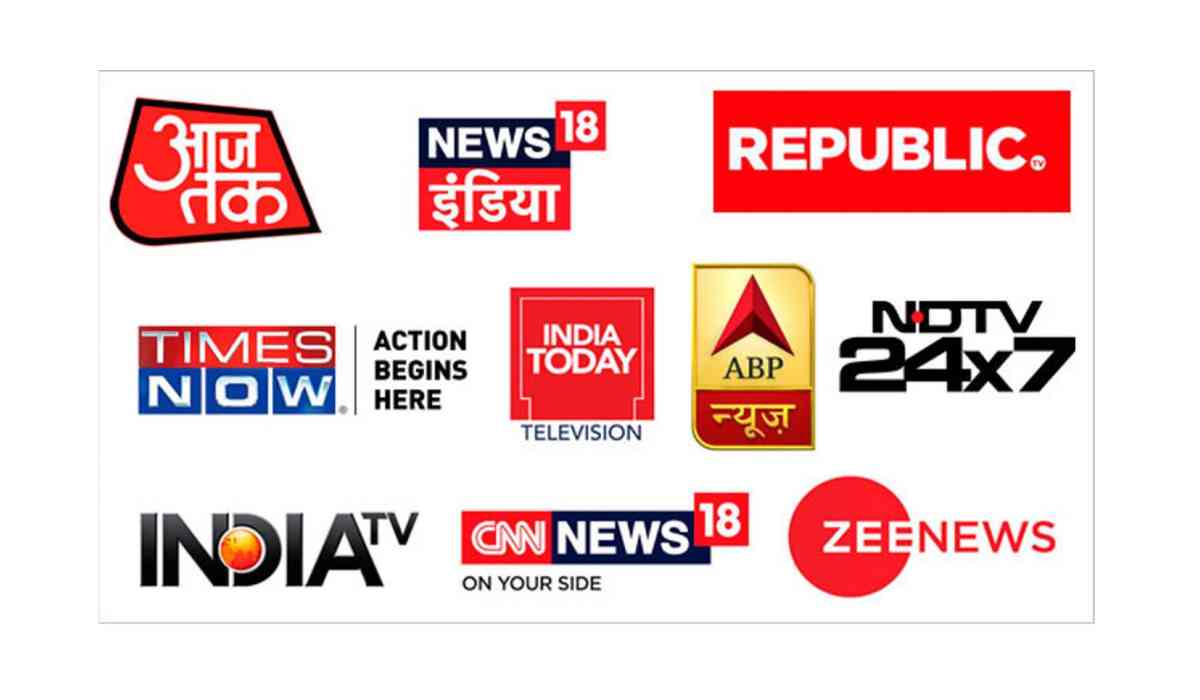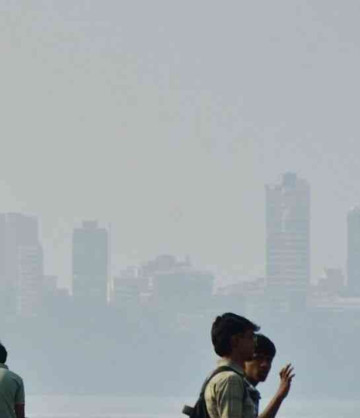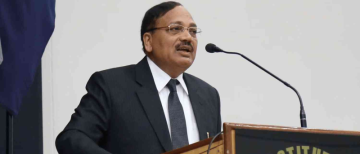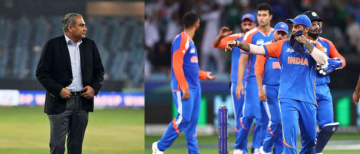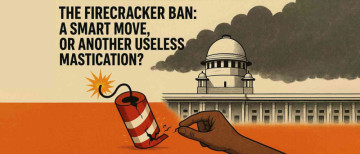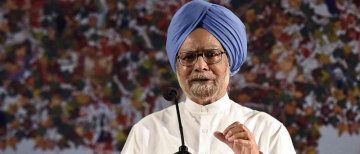War has always been a gripping subject for the media worldwide. In recent years, Indian media—particularly its digital and television news platforms—has been caught in a perilous spiral of sensationalism, hyper-nationalism, and distortion, especially when it comes to war and conflict reporting. While India’s print media has largely retained some measure of credibility and integrity, its broadcast and digital counterparts often veer into theatrical, sometimes reckless, territory. This erosion of trust has serious consequences for public perception, social cohesion, and even national security.
Whether it is the India-Pakistan conflict, internal cultural clashes like the Kannada-Tamil tensions, or international crises such as the Russia-Ukraine war or the Israel-Gaza conflict, or the Israel-Iran war, the media in India frequently transforms warfare into a no-holds-barred spectacle—a form of entertainment that tramples over facts, accountability, and nuanced analysis.
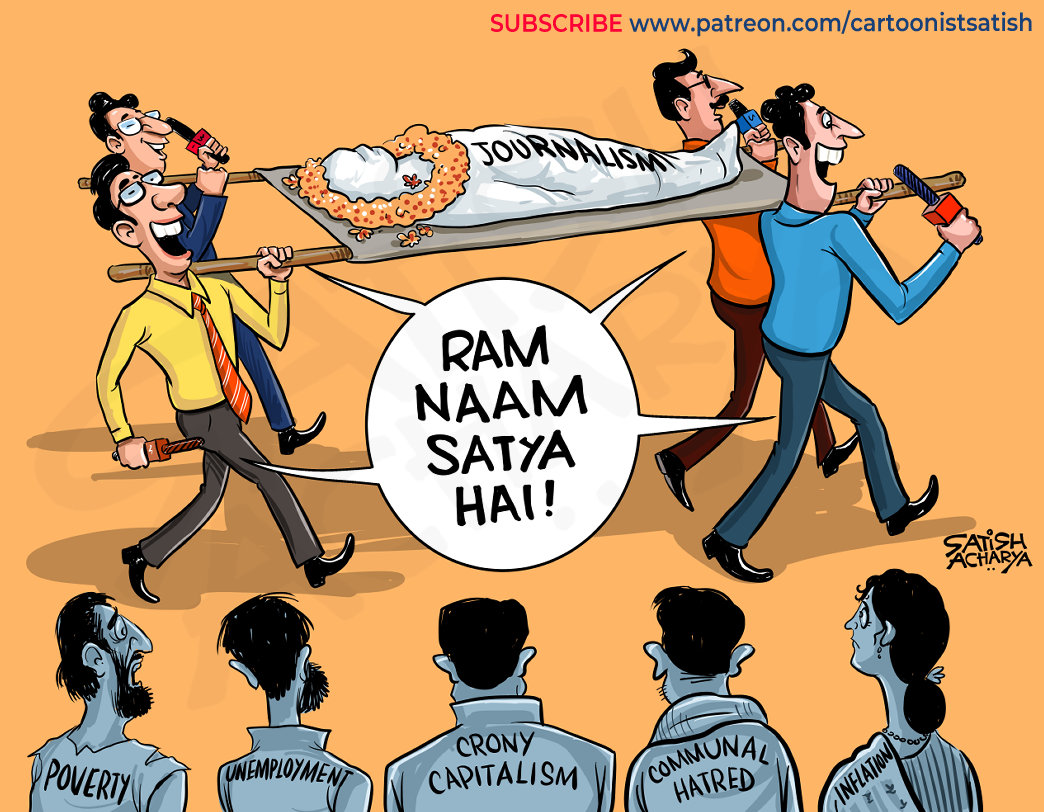
From Journalism to Jingoism: The Broadcast Media Breakdown
Indian television news has morphed into a hyper-nationalistic spectacle. The boundary between reporting and war-mongering has blurred. Studios now mimic war zones; anchors shout commands like military generals rather than deliver facts like journalists.
Following major incidents like the Pahalgam strike, leading news networks transformed into digital war rooms—complete with sirens, fighter jet graphics, and imaginary battle updates. Outlandish claims included:
-
The Indian Navy attacking Karachi's port
-
Army crossing international borders
-
Pakistan’s Prime Minister fleeing to a bunker
-
Coup in Pakistan’s military leadership
None of these stories were verified. Yet, they were broadcast as truth, fanning mass hysteria and false patriotism.
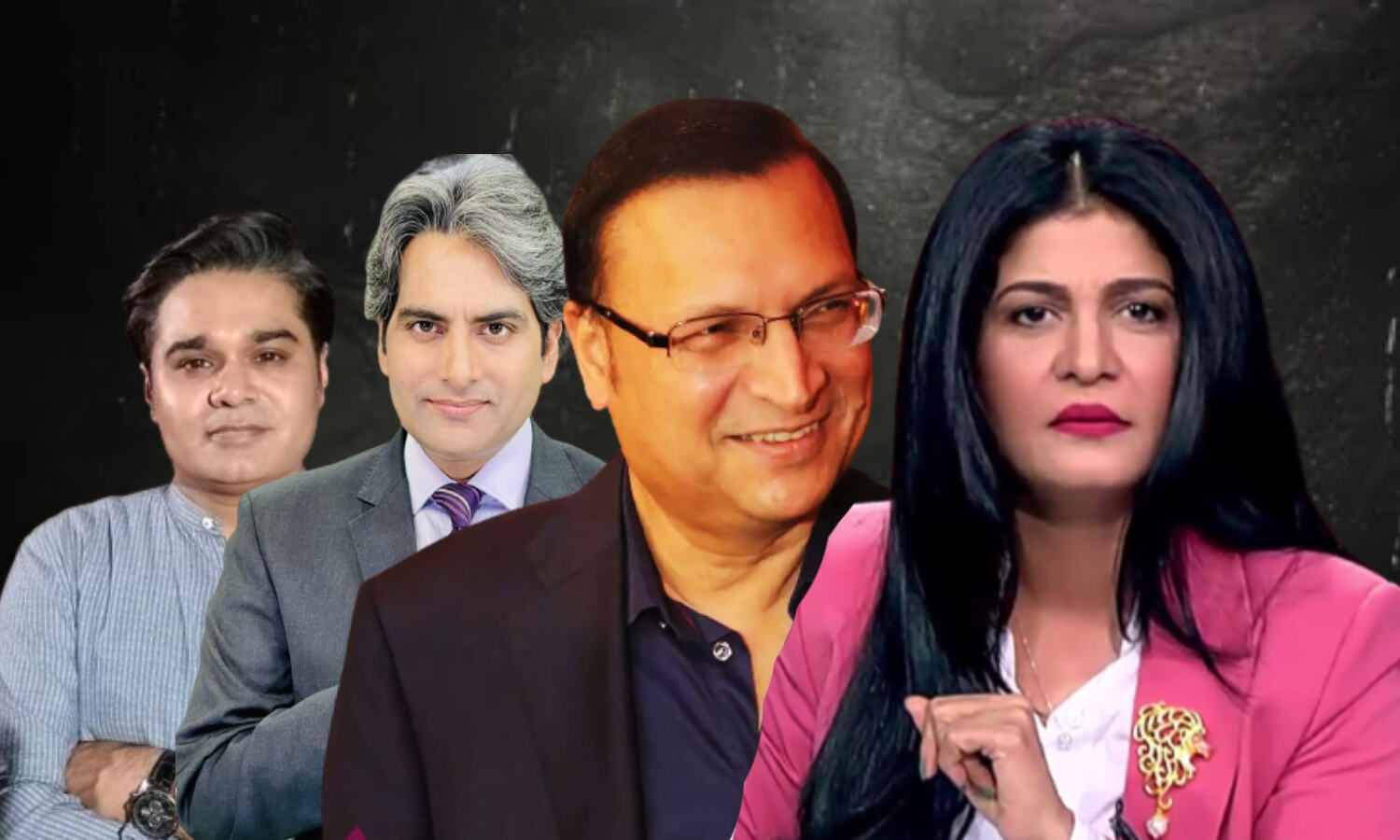
The Rise of Belligerent Anchors
The shift from informed commentary to aggressive cheerleading has been led by prominent anchors who use their platforms to incite, not inform. One anchor screamed, “Set fire to Karachi, blow up the entire city.” Another invited war live on air, praying for Pakistan to “make the mistake” of retaliating. In one instance, a former army officer-turned-anchor hurled communal slurs at Iran’s foreign minister—an act that triggered diplomatic outrage.
Such broadcasts often contradicted the government’s diplomatic tone. While official briefings described retaliatory actions as “non-escalatory,” newsrooms painted them as acts of domination. This mismatch embarrassed Indian diplomats and eroded global trust in India’s official stance.
State vs. Studio: When Media Undermines Government Messaging
In stark contrast to the government’s measured diplomatic briefings emphasizing the “non-escalatory” nature of the strikes, India’s television channels portrayed the nation as being on the brink of total war. This dissonance not only embarrassed government officials but undercut their credibility on international platforms. A U.S.-brokered ceasefire following retaliatory strikes sparked outrage—not at Pakistan, but at India’s own leadership. Even as the Prime Minister tried to project composure and resolve, his own supporters, misled by hyper-nationalist coverage, citizens felt betrayed by their government.
This cognitive whiplash sparked a wave of public outrage, not at Pakistan, but at India’s own foreign secretary. Trolled viciously online, he was forced to suspend his social media presence. Diplomats and defence personnel, who should have been viewed as stabilizing forces, were vilified as traitors.
Losing the Global Narrative: From Victim to Villain
India had a strategic opportunity to consolidate global support as a victim of terrorism. Instead, the chaotic and incendiary media narrative overshadowed diplomatic messaging. International media—from Reuters to The New York Times—began to favor Pakistan’s version, not necessarily because it was accurate, but because it was coherent.
As a result:
-
Pakistan secured a $1 billion IMF bailout
-
China, Turkey, and Azerbaijan supported Pakistan
-
Gulf nations, once India-leaning, remained neutral or sympathetic to Islamabad
India’s credibility as a responsible regional power took a body blow—not from Islamabad or Beijing, but from Noida and Lower Parel.
War as Entertainment: The All-Consuming TRP Chase
For Indian television channels, war coverage is no longer about informing citizens; it is the ultimate source of entertainment and TRP (Television Rating Points). The more sensational, angry, and dramatic the coverage, the higher the viewership. War stories, from Indo-Pak conflicts to regional disputes like the Kannada-Tamil tensions, and global crises like the Russia-Ukraine or Israel-Gaza conflicts, are repackaged as continuous prime-time drama.
Features of War-as-Entertainment Coverage:
-
Loud, emotional anchors shouting over guests.
-
Use of dramatic language like “revenge,” “annihilation,” and “final blow.”
-
Broadcasting unverified enemy casualty figures.
-
Transforming newsrooms into “war rooms” with little accountability.
-
Echo chambers suppressing dissent by labeling it anti-national.
This approach sacrifices journalistic integrity and public understanding on the altar of spectacle.
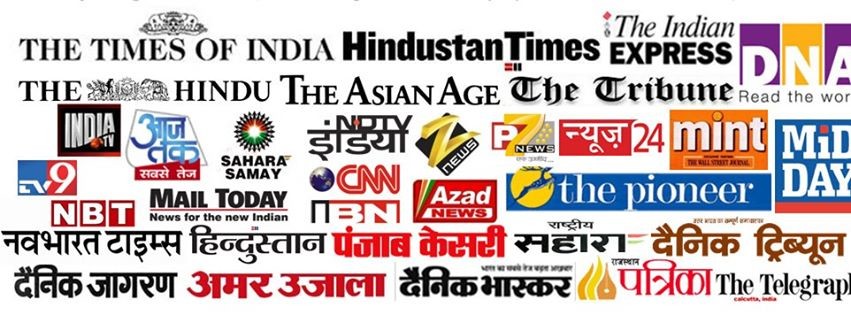
Conflating Religion with Terrorism: The Most Dangerous Turn
One of the most disturbing aspects of India’s war-time media is the conflation of Pakistani terrorists with Indian Muslims. Under the guise of patriotism, anchors peddled Islamophobia. A national TV host called Iran’s foreign minister “suar ka aulad” (son of a pig), tarnishing India's global diplomatic image.
Victims of this rhetoric included:
-
Himanshi Narwal, a martyr’s widow who advocated peace and was trolled
-
Kashmiri students, driven out of hostels and campuses
-
Colonel Sofiya Quereshi, branded a traitor by a sitting minister
The High Court had to intervene suo motu to demand action—a responsibility the state had abdicated.
Social Media: The Digital Warfront
Once hailed as a tool of democratization, social media became a mirror—and amplifier—of TV’s toxic nationalism. Troll armies, often coordinated and politically motivated, targeted voices of moderation. Verified government sources were drowned out by bots spreading rumors of nuclear strikes, drone swarms, and fictitious mass casualties.
Even senior diplomats like Vikram Misri were driven off Twitter. Misinformation spread faster than official statements, undermining India’s global credibility and national unity alike.
Even after de-escalation, Indian media refused to recalibrate. Anchors continued to fan hostility. Instead of focusing on post-conflict healing or rational analysis, news channels perpetuated the war narrative. The terrorism angle was diluted in favor of a Hindu India vs. Muslim Pakistan binary—a message echoed, alarmingly, by international media.
The global sympathy India initially enjoyed quickly dissipated.
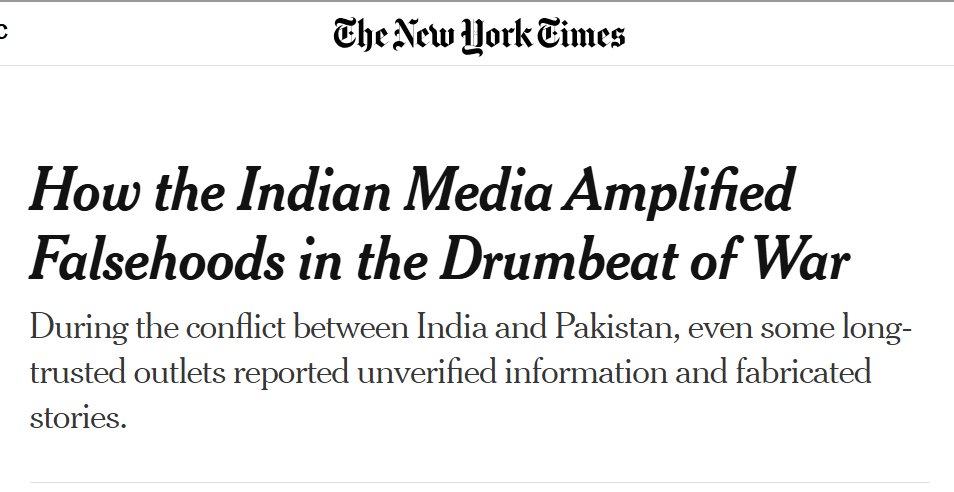
The Global Media Context: Not Just India
India is not alone in this phenomenon. Globally, during wartime, media often becomes a weaponized tool of narrative control and public mobilization:
-
The Russia-Ukraine war coverage is saturated with propaganda and polarized reporting on both sides.
-
The Israel-Gaza, Israel-Iran conflict sees intense media battles shaping global perceptions.
-
Even internal conflicts like the Kannada-Tamil tensions have been sensationalized for mass consumption.
This highlights a universal challenge: the struggle to maintain journalistic standards amid the pressures of nationalism, commercial ratings, and digital virality.
Domestic Consequences: Polarization, Confusion, and Distrust
The hyper-nationalistic media frenzy had profound consequences within India:
-
Erosion of Social Unity: Equating terrorism and Pakistan with Islam and Muslims exacerbated communal tensions, fueling hatred and discrimination against minority communities. Kashmiri students faced ostracism and violence in some states.
-
Public Misinformation and Panic: Sensational and false news about drone swarms, suicide attacks, and border invasions caused fear and confusion, especially in vulnerable border areas where official information was scarce or delayed.
-
Loss of Trust in Institutions: The contradiction between official sober briefings and the media’s belligerent claims led to public skepticism of government communications. Many Indians turned to international media for reliable news.
-
Trolling and Harassment: The targeting of government officials and civilians for expressing moderate views or appeals for peace undermined civil discourse and pressured public servants to self-censor.
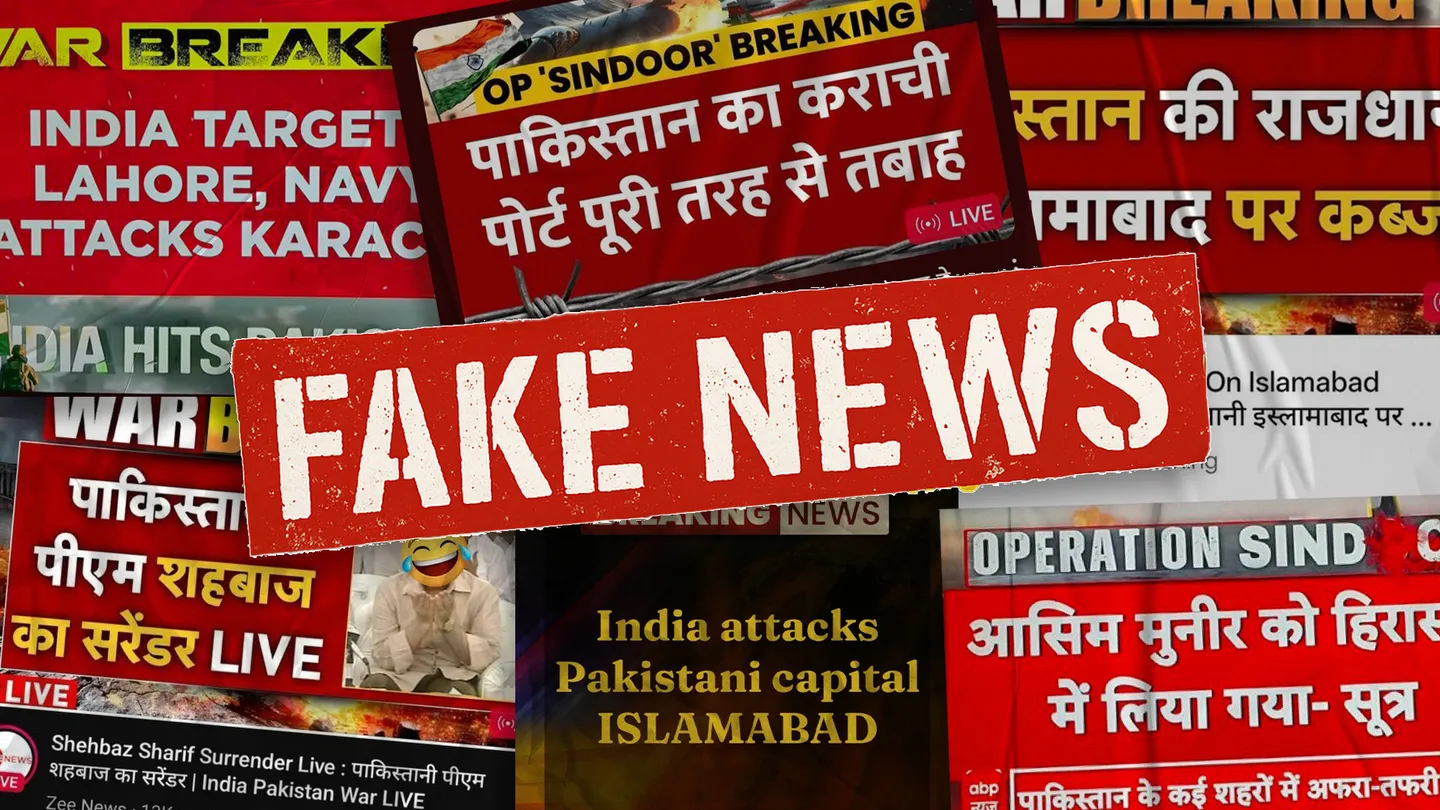
International Fallout: India’s Lost Moral High Ground
Despite battlefield successes, India failed to secure strong international support during the conflict:
-
Countries like China, Turkey, and Azerbaijan publicly supported Pakistan, while India faced diplomatic isolation.
-
The International Monetary Fund approved significant financial aid to Pakistan amid its nuclear saber-rattling, signaling a lack of global consensus against Pakistan’s actions.
-
International media coverage often echoed the Pakistani narrative, questioning India’s conduct and credibility.
-
Indian media’s crude hate speech against Islamic nations’ leaders and general anti-Muslim rhetoric alienated potential allies and damaged India’s diplomatic relations, including with key Gulf states.
These factors culminated in India appearing aggressive and untrustworthy on the world stage, undermining the government’s messaging and strategic objectives.
The Root Causes: Media Sensationalism and Structural Failures
-
The Quest for TRPs Over Truth: The conflict highlighted a longstanding trend in Indian media—prioritizing Television Rating Points (TRPs) and spectacle over responsible journalism. The desire for sensational content to attract viewers led channels to sacrifice accuracy and ethical standards.
-
The Blurred Line Between Journalism and Jingoism: Indian electronic media has evolved into a uniquely loud and unapologetically nationalistic entity, where newsrooms resemble gladiatorial arenas. Debate formats became echo chambers of aggressive patriotism, with dissenters labeled anti-national and factual corrections ignored.
-
Lack of Accountability and Regulation: The absence of a strong, independent regulatory framework allowed channels and digital platforms to spread misinformation with impunity. Political patronage shielded offenders, and no meaningful sanctions were imposed on journalists or anchors who propagated hate speech or falsehoods.
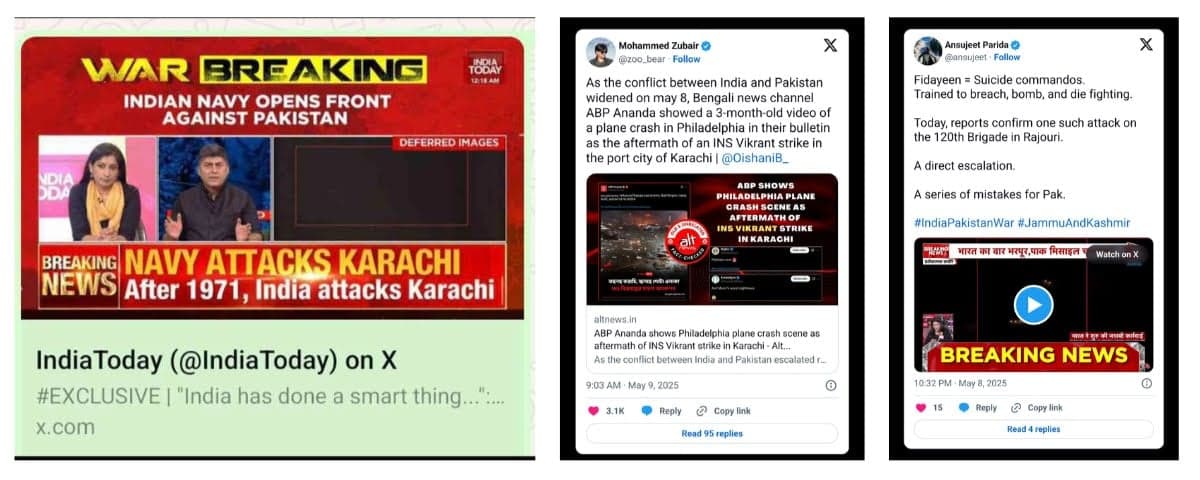
The Urgent Need for Reform
To restore credibility and integrity in Indian journalism, especially in war reporting, reform is no longer optional but urgent.
Key Recommendations:
-
Independent Regulatory Framework: A media regulator with legal teeth to penalize deliberate misinformation and hate speech. Advisory bodies alone cannot suffice.
-
Technological Solutions: AI-powered fact-checking to curb viral falsehoods, mandatory transparent content moderation on digital platforms.
-
Statutory Ombudsman: An independent complaints authority for swift, fair grievance redressal.
-
Public Responsibility: Viewers and citizens must demand better journalism, rejecting spectacle and holding media accountable through consumer choices and civic pressure.
-
Protecting Democratic Discourse: Mechanisms to safeguard dissenting voices from harassment and to promote civil discourse are critical to preventing polarization and the erosion of democratic norms.
The War India Should Be Fighting
India’s greatest threat isn't just external enemies—it’s the internal erosion of democratic integrity and journalistic credibility. The media’s complicity in dividing society and distorting facts has weakened both national unity and global stature.
To reclaim its role as the Fourth Pillar of Democracy, Indian media must choose between truth and theatrics.
India’s media must decide what side of history it wants to be on. Until it does, the war for credibility, democracy, and dignity will continue to be lost in the glare of studio lights and the shadows of hashtags.
Views expressed in the above piece are personal and solely those of the author. They do not necessarily reflect Vygr’s views.
With inputs from agencies
Image Source: Multiple agencies
© Copyright 2025. All Rights Reserved Powered by Vygr Media.

